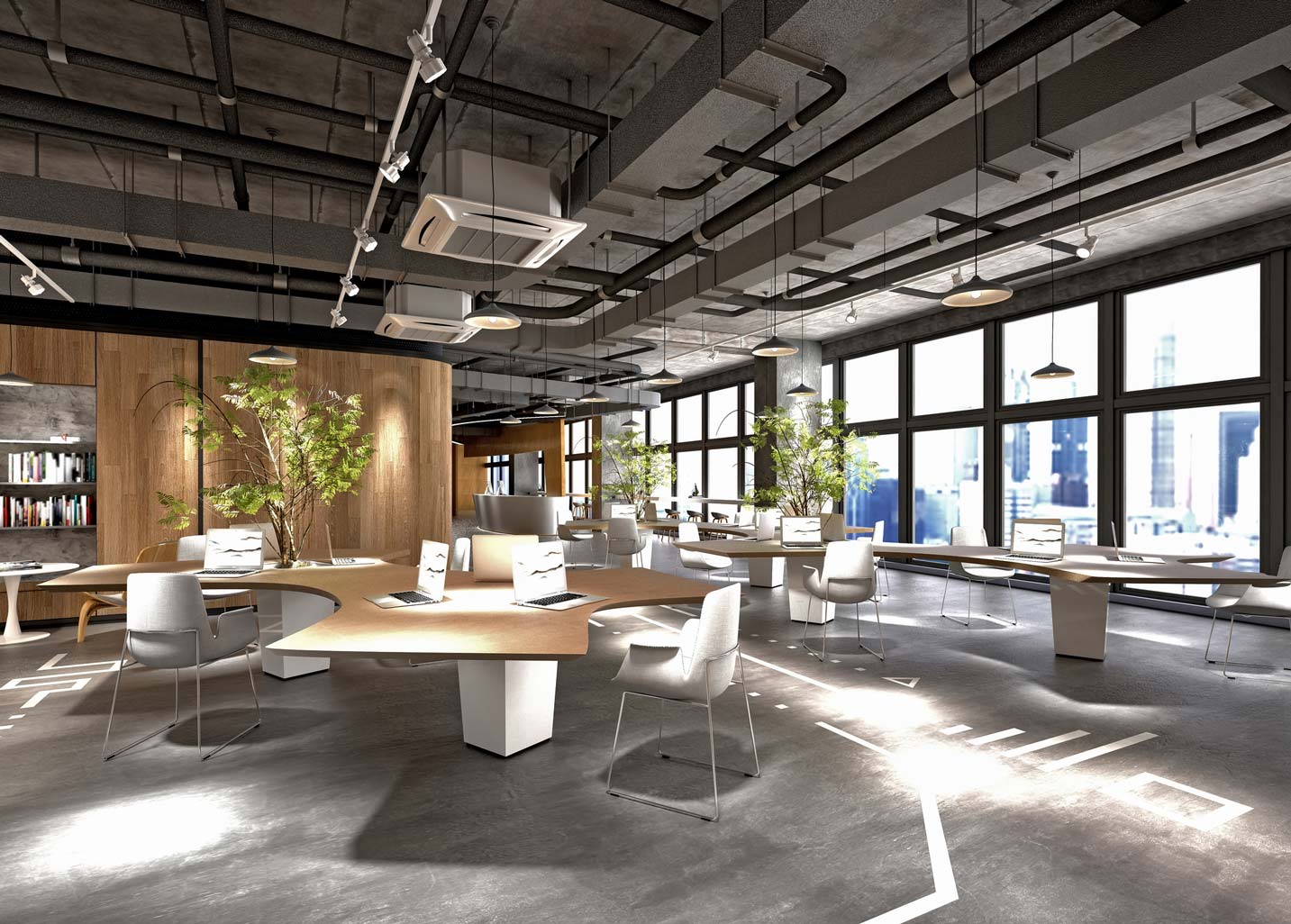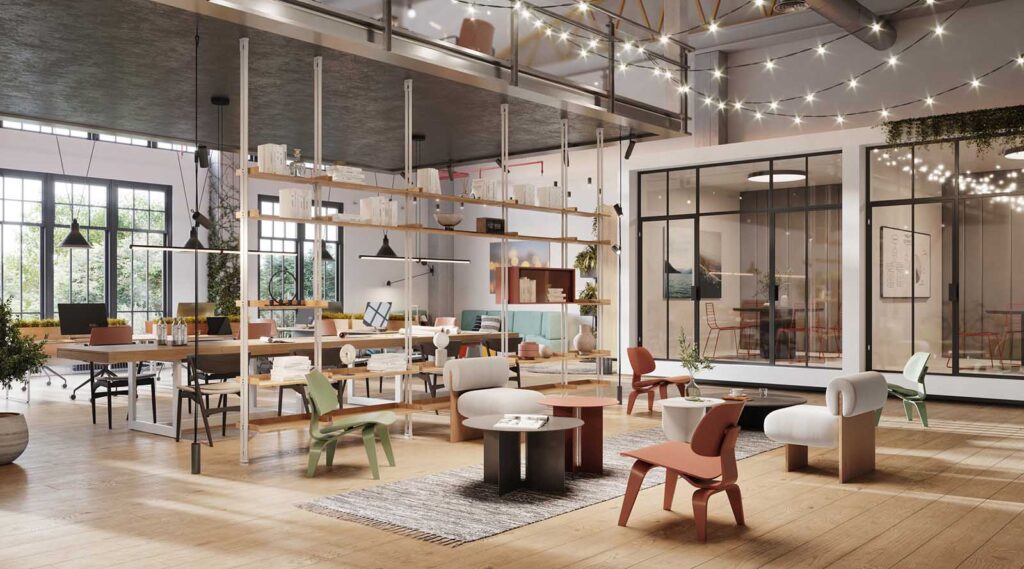Work Spaces and Employee Happiness
 Why do some of the world’s major brands consistently receive accolades for high employee satisfaction, while others are reviled by media for policy decisions?
Why do some of the world’s major brands consistently receive accolades for high employee satisfaction, while others are reviled by media for policy decisions?
While competitive compensation, corporate culture, and growth opportunities play a role, the workplace itself is critical to employee happiness. What are curated spaces? Curated spaces areas that are designed to focus on specific tasks.
People simply can’t work optimally if they lack affinity towards their environment, and research has found that disgruntled employees cost the U.S. economy alone around $350 billion per year in lost productivity. Based on CareerBliss’ annual survey of the happiest employees, we’ve curated some insight on designing a workplace your employees look forward to visiting:
1. Pfizer: Be Flexible
A surprising addition to the number one spot on CareerBliss’ report, Pfizer’s story is certainly inspiring. Following the recession in 2007, the company was facing financial hardship, which necessitated major changes in product offerings. This switch to a more agile stance has infiltrated their corporate culture, and it’s undoubtedly one of the reasons the employees polled so well. Pfizer president David Simmons advises corporations to “embrace a universal set of values that underpin every culture…from the top to the bottom.”
Lesson Learned: While the idea of work-from-home arrangements remain controversial, companies should provide employees with malleable workspaces, flex hours, and other arrangements when possible.
2. Cisco: Support Collaboration
The fifth happiest company, Cisco’s current workplace culture of collaboration was also a lesson learned the hard way. Their original office was designed as a maze of cubicles, but the company soon found that conference rooms were in short supply. Workplace effectiveness manager Christine Ross reports “the work environment we’ve been building is not necessarily what employees need.” Ultimately, the idea of assigned seating was tossed in order to provide an open space with moveable furniture. Different options are provided according to individual need and type of assignment; group meetings, conference calls, or quiet work.
Lesson Learned: Few rules about corporate work spaces as we know them are unbreakable.
3. Google: Have Fun
The reason search giant Google is consistently ranked among the happiest workplaces on earth is no mistake. The mission to provide a positive environment was outlined in their cultural credo, “Ten things we know to be true,” when the company was only a few years old. Declaring that the company believes people can be serious without a suit, Google’s culture was built around the concept that “work should be challenging, and the challenge should be fun.” Employees can collaborate in formal conference rooms, or at the on-site cafeteria, gym, or playground. While there have been tweaks over the years, the fun lives on.
The Lesson: Allow your employees to collaborate, produce, and spend their workday however best suits them. If someone isn’t pulling their own weight, it will quickly become apparent. Finally, don’t afraid to be bold. Google’s famous 20% time project, where employees can dedicate time to working on personal ideas, resulted in Gmail.
4. Intel: Innovate
Until recently, Intel was known among tech workers as an inferior workspace. The Portland-based company offered “endless rows of gray cubicles, low ceilings, and fluorescent lighting,” according to NYTimes reporter Kristina Shevory. The company ultimately opted to completely make over one million square feet of office space, adding everything from comfortable lounges to flat-screen televisions.
The Lesson: If Intel can manage to transform 1 million square feet, there’s a high chance you’ll be able to develop more collaborative space.
While there are major differences in corporate culture and mission at the companies listed, the running theme appears to be providing employees with options. Pfizer’s newfound mission of agility has contributed to a culture of flexibility, while Google employees have the option to tap out work on an iPad while running on a treadmill if they so choose. There’s no single roadmap for an optimal workplace, but it’s clear that many employees thrive when they’re able to optimize their own environment.
Image credit: freedigitalphotos.net/photostock




